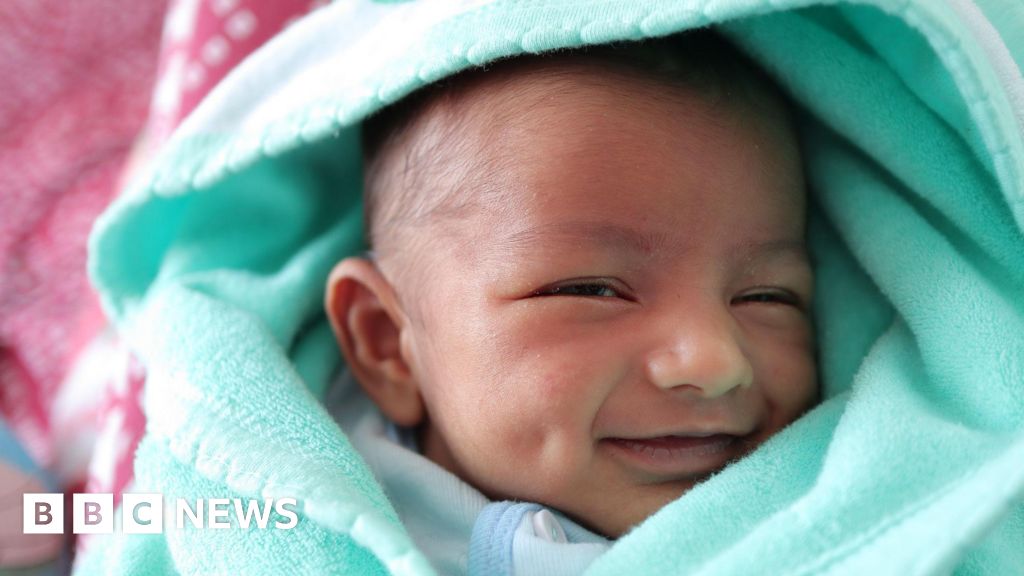Namrata Nangia and her husband have been toying with the idea of having another child since their five-year-old daughter was born.
But it always comes back to one question: ‘Can we afford it?’
She lives in Mumbai and works in pharmaceuticals, her husband works at a tyre company. But the costs of having one child are already overwhelming - school fees, the school bus, swimming lessons, even going to the GP is expensive.
It was different when Namrata was growing up. “We just used to go to school, nothing extracurricular, but now you have to send your kid to swimming, you have to send them to drawing, you have to see what else they can do.”
According to a new report by the United Nations Population Fund (UNFPA), the UN agency for reproductive rights, Namrata’s situation is becoming a global norm.



Not an English native speaker so this is probably on me, but I find it weird to call it a fertility decline. Like, fertility of people is probably going down but the reasons people don’t have more kids are purely economical, as the article also says.
For me a better descriptor would be something like birthing rate or whatever. Fertility decline sounds to me like people are really at it like rabbits and just cannot get any pregnancies.
Not on you. Your evaluation and understanding are indeed correct.
No, you’re correct, most articles of this type define fertility as “births/women” - whether the outcome is by choice or not. However, there is also a decline in what we might refer to as biological fertility (or “fecundity”).